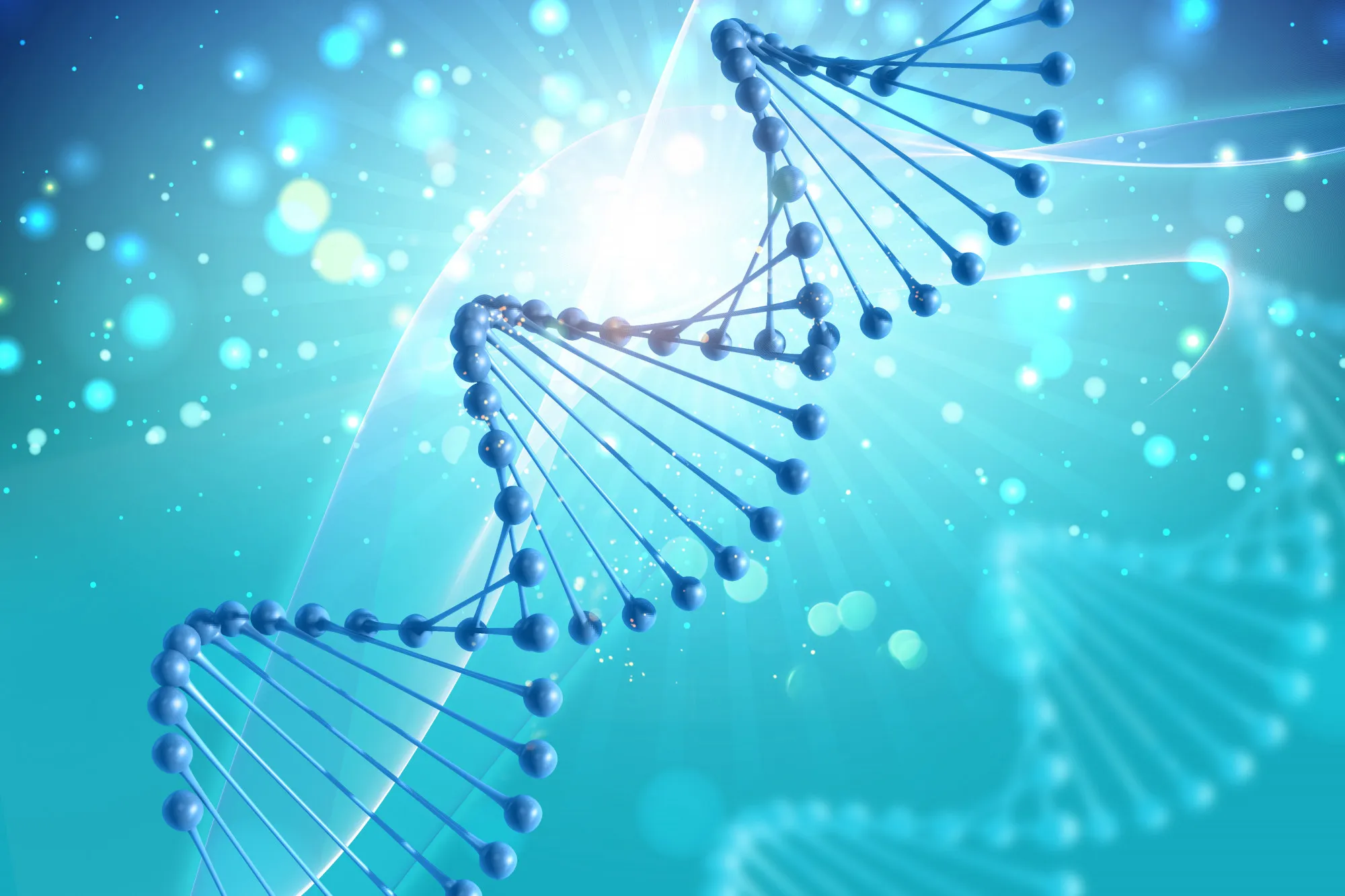Introduction
On January 16, 2024, a noteworthy review paper published in the esteemed “Rinsho Ketsueki – The Japanese Journal of Clinical Hematology” highlighted a rare but significant cytogenetic aberration in myelodysplastic syndromes (MDS) – the derivative chromosome der(1;7)(q10;p10). This abnormality, stemming from an unbalanced translocation between chromosomes 1 and 7, first entered the annals of medical literature over four decades ago and has since remained an area of intense scientific inquiry. Authored by Rurika Okuda of the Department of Pathology and Tumor Biology at the Graduate School of Medicine, Kyoto University, the review delineates the clinical and genetic landscape of myeloid neoplasms featuring this unique chromosomal signature. This article provides an elaborate analysis based on the recent clinical and genetic studies that showcase the distinct characteristics and prognosis of MDS patients with the der(1;7)(q10;p10) marker.
Historical Perspective and Overview
The derivative chromosome der(1;7)(q10;p10) was first described in a 1980 case report detailing its presence in three patients with myelofibrosis and myeloid metaplasia. Since then, this cytogenetic abnormality has been recognized as a distinct entity within the spectrum of myeloid neoplasms, which includes a variety of conditions such as myeloproliferative disorders and primary myelofibrosis, among others. Myelodysplastic syndromes, which are characterized by ineffective hematopoiesis and a propensity to transition into acute myeloid leukemia, often present with diverse chromosomal abnormalities; however, der(1;7)(q10;p10) has been identified as a particularly noteworthy marker due to its association with unique clinical outcomes.
Clinical and Genetic Features
The latest review by Okuda reveals compelling findings about the prognosis and genetic characteristics of MDS patients with the der(1;7)(q10;p10) translocation. Remarkably, these patients appear to fare better than those with the more commonly known monosomy 7 or deletion 7q (-7/del(7q)) abnormalities. This better prognosis is hypothesized to be linked to a distinct mutational profile that accompanies the der(1;7)(q10;p10) translocation.
Prognosis
In the world of clinical hematology, the prognosis of a patient with an MDS diagnosis largely depends on specific cytogenetic features. Patients with der(1;7)(q10;p10) translocation are observed to have a longer overall survival compared to those with other chromosomal aberrations like -7/del(7q). This suggests that the presence of the der(1;7)(q10;p10) translocation may be indicative of a less aggressive form of MDS, though the underlying mechanisms that drive this correlation remain to be fully elucidated.
Mutational Profile
The study conducted by Okuda’s team goes beyond the mere identification of the der(1;7)(q10;p10) abnormality, providing insights into the unique mutational landscape that defines this subgroup of MDS. By comparing the genetic mutations of patients with this translocation to those with the -7/del(7q) karyotypes, researchers have begun to unravel a complex network of genetic interactions that could potentially influence disease progression and therapeutic responses.
Implications for Diagnosis and Treatment
The findings underscore the importance of precise cytogenetic analysis in the diagnosis of MDS. As such, the identification of der(1;7)(q10;p10) can contribute to more accurate risk stratification and personalized management strategies for affected patients. Additionally, understanding the unique genetic mutations associated with this translocation could pave the way for the development of targeted therapies that improve patient outcomes.
Conclusion
Okuda’s comprehensive review in “Rinsho Ketsueki” is a testament to the ongoing efforts in characterizing myelodysplastic syndromes at the molecular level and tailoring treatments to individual patient needs. The recognition of der(1;7)(q10;p10) as a prognostically favorable cytogenetic abnormality offers a renewed sense of hope for patients afflicted with this rare form of MDS. As research delves deeper into the genetic intricacies of translocations like der(1;7)(q10;p10), the field of clinical hematology will no doubt witness refined diagnostic techniques and therapeutic interventions.
References
1. Okuda Rurika R. (2023). Characteristics of myelodysplastic syndromes with der(1;7)(q10;p10). Rinsho Ketsueki, 64(12), 1519-1522. DOI: 10.11406/rinketsu.64.1519.
2. Sole, F., et al. (2012). Incidence and prognostic impact of der(1;7)(q10;p10) and other chromosome 7 anomalies in myeloid disorders. Leukemia, 26(5), 1104-1109.
3. Dicker, F., et al. (2010). Mutation analysis for RUNX1, MLL-PTD, ASXL1, TP53, and CBL in myelodysplastic syndromes. Haematologica, 95(6), 915-920.
4. Greenberg, P. L., et al. (2012). Revised international prognostic scoring system for myelodysplastic syndromes. Blood, 120(12), 2454-2465.
5. Vallespí, T., et al. (1999). Incidence of unbalanced chromosome abnormalities (UBCA) in different genetic subtypes of myelodysplastic syndromes (MDS) and their prognostic influence. British Journal of Haematology, 106(1), 93-101.
Keywords
1. der(1;7)(q10;p10) MDS prognosis
2. Myelodysplastic syndromes genetics
3. Chromosome 7 translocation MDS
4. MDS cytogenetic abnormalities
5. Unbalanced chromosome 1 and 7
